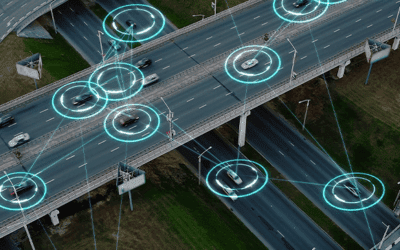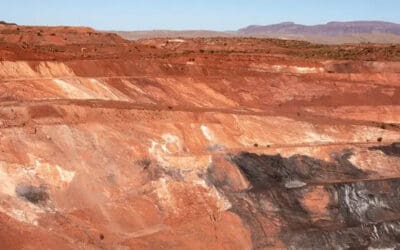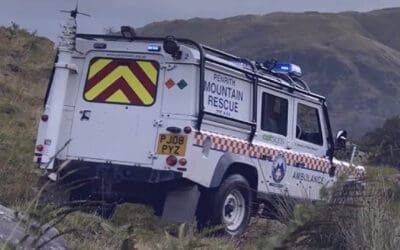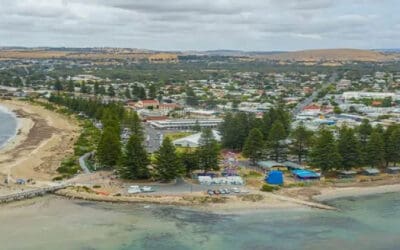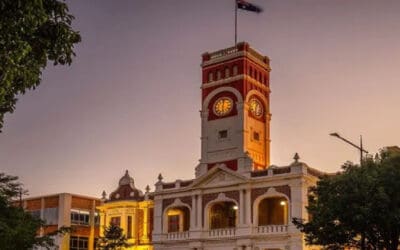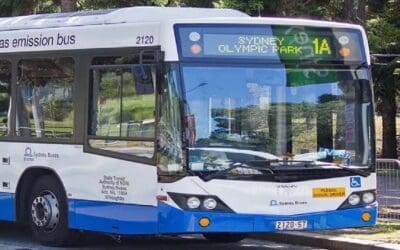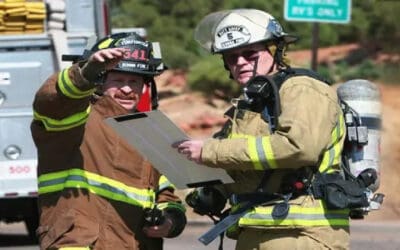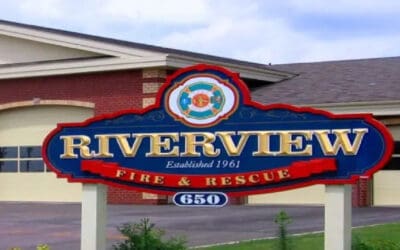A leading UK renewable energy company partnered with Simoco to overcome communication and safety challenges across its remote wind farm operations in Scotland and Northern England. By deploying a comprehensive Digital Mobile Radio (DMR) system, the organisation achieved seamless sitewide communication, enhanced lone worker protection, and improved operational efficiency.
Whitsunday Regional Council
The 2019–20 bushfire season exposed serious communication and safety challenges for Whitsunday Regional Council, whose ageing analogue radio system offered poor coverage and limited reliability during emergencies. To address these risks, Simoco designed an innovative, infrastructure-free hybrid solution integrating LTE and Starlink satellite networks.
Serco
Simoco partnered with Serco to implement an innovative, infrastructure-free communication solution, enhancing safety and efficiency for mobile camera operators across Victoria. By integrating existing equipment with cutting-edge technologies like the EC800 Velocity edge computer, satellite modems, and Push-to-Talk over Cellular (PTToC), Simoco delivered seamless, state-wide coverage without the need for traditional network infrastructure. This cost-effective, future-ready solution ensures reliable connectivity in remote areas while streamlining operations and boosting worker safety.
Rio Tinto
Rio Tinto, a global mining leader, faced scalability and frequency issues with their analogue communication system as they expanded to 15 sites. Simoco’s P25 Phase 1 trunked technology upgrade enhanced efficiency, reduced costs, and improved operational control, making their communication system robust and future-proof.
Solano County
SECA’s objectives were to determine the County’s needs and formulate a plan to put in place an interoperable radio system that would operate across the entire county in the event of mutual aid emergencies and disasters. With grant funding behind them, the team went out with an RFP and began the process of designing and selecting a system.
Mountain Rescue
Like many organisations, MREW’s various teams were using analogue radio systems consisting of a range of portable and mobile radios, and associated base stations. These radios deliver robust and reliable communications but are limited to coverage and interference issues and the audio quality they offer is no longer the best available.
City of Victor Harbor Council
The City of Victor Harbor, situated 80 km south of Adelaide, faced a significant challenge in ensuring the safety of its employees working in remote areas with limited or no phone coverage. The council was relying on a single-site analogue radio system using Simoco SRM mobile radios on a trunking network primarily for voice communication. However, this system did not provide the necessary safety features required to manage emergencies efficiently.
Toowoomba Regional Council
Telstra’s chosen partner for the project, Simoco Wireless Solutions designed, installed, and provided maintenance for a 10 site DMR Tier III digital radio network with over 700 terminals. As a result, radio coverage for mission critical voice was increased from around 60% to over 90% with the added benefit of automatic vehicle location (AVL) to track the Council’s fleet of vehicles.
Télécommunications de l’Est
TDE operates across a vast territory of 1,000,000 square kilometers, including the Bas-Saint-Laurent, Gaspésie, North Shore and northern New Brunswick regions of Canada. Many of these areas have mountainous and rugged terrain, resulting in limited cellular coverage. TDE had already established several analogue VHF radio systems in the region, however, in order to provide customers with additional services and improved voice quality, TDE was looking to move away from aging technology to a digital radio trunking network.
State Transit Authority of NSW
In order to keep road networks safe, operational staff require a communications solution that meets the challenges presented by noisy, inaccessible and busy environments. Sydney Buses in Australia is no exception, and its operator, State Transit Authority of New South Wales, has relied heavily on Simoco’s radio technologies for many years to meet the needs for its drivers across varied locations in both Sydney and Newcastle.
Sedona Fire
The objectives of the system were to enable reliable radio communications throughout the greater Sedona area on the same RF channel whilst being easy to maintain with equipment as similar as possible to existing systems. The key challenge being to manage the overlapping coverage, deep canyons and low lying zones with three transmit and nine receive sites throughout the coverage area.
New Brunswick
There’s no question that public safety communication is critical. Emergency services around the world depend on reliable radio systems to deliver wide area coverage in times of need. Without such systems, people’s lives and property are at risk of being in serious danger.


